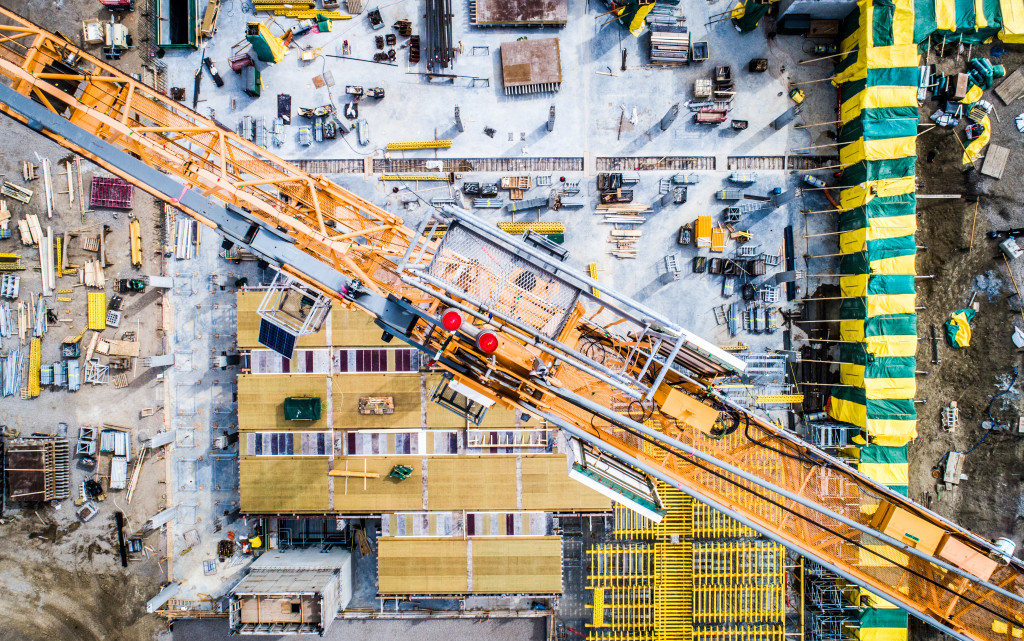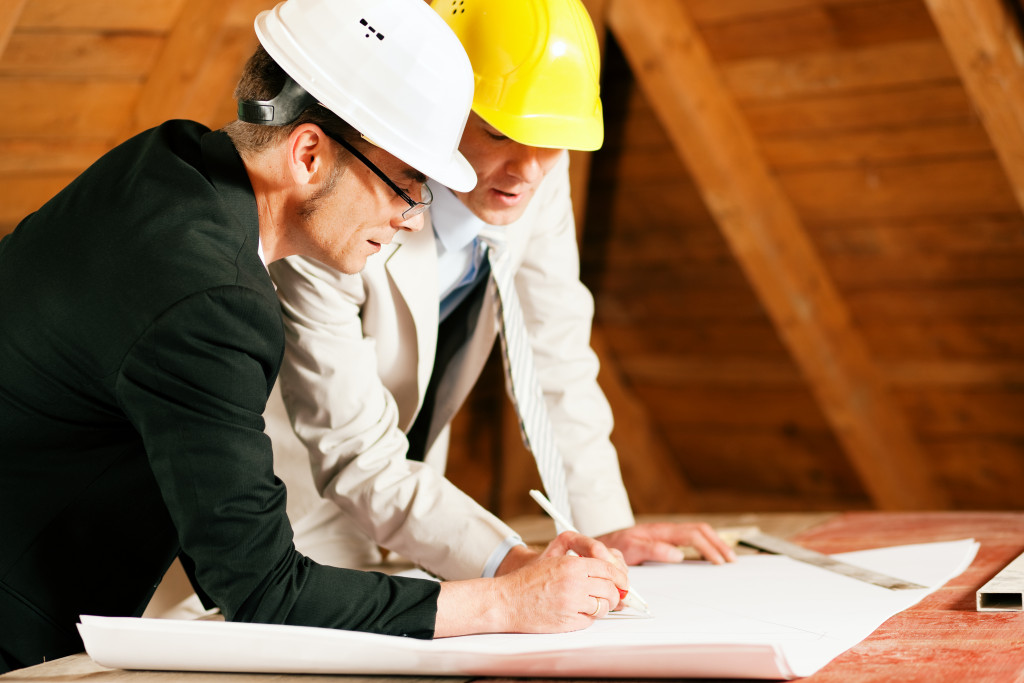- Planning and design are crucial for constructing a successful medical facility.
- Site selection, functional layout, and regulation compliance should all be carefully considered during the planning phase.
- Effective project management, using quality materials and equipment, and implementing infection control measures are essential.
- Integrating advanced medical equipment and prioritizing IT infrastructure are essential for a modern medical facility.
- Following best practices can result in a well-designed, efficient, and sustainable medical facility that meets the community’s needs.
When you think about constructing a medical facility, it’s crucial to understand the significance of doing it right. Properly planning and building a medical facility can have a profound impact on the quality of healthcare provided and the safety of both patients and staff. This guide will walk you through the best practices for constructing a medical facility, ensuring that it meets the needs of the community it serves.
Planning and Design
Initially, medical facility construction requires thorough planning. This includes identifying the community’s needs and determining what type of medical services will be offered.
Site Selection

Choosing the right location for a medical facility is the first step in the construction process. It’s essential to consider several factors, such as accessibility and proximity to services. You want to ensure that the facility is easily reachable for patients and is close to emergency services if needed.
Functional Layout
The layout of a medical facility plays a vital role in its efficiency. You should plan to efficiently use space to accommodate all necessary departments and services. Additionally, consider patient flow and privacy when designing the layout. Patients should be able to move through the facility smoothly, and their privacy should be respected.
Compliance with Regulations
Medical facilities must adhere to regulations, including building codes and healthcare standards. You must ensure that the construction plans comply with these regulations to avoid legal issues. This includes adhering to zoning laws and building codes specific to healthcare facilities.
Construction Phase
Once you have completed the planning and design phase, it’s time to begin the construction process. Here are some best practices to keep in mind during this phase.
Project Management
Once you’ve planned the medical facility, it’s time to move on to the construction phase. Effective project management is essential for a smooth process. You should hire experienced contractors who understand the unique challenges of building a medical facility. They should have a track record of completing projects on time and within budget.
Quality Materials and Equipment
Using high-quality materials and equipment is crucial for the long-term success of the medical facility. You should carefully select materials that are durable, easy to clean, and safe for healthcare environments. Additionally, working with a specialty piping supplier can be an intelligent choice regarding plumbing and piping. They have expertise in providing the right piping solutions for medical facilities, ensuring that plumbing systems function smoothly.
Infection Control Measures
During construction, it’s essential to prevent the spread of dust, noise, and hazardous materials that can disrupt the healthcare environment. You should have strategies to mitigate these disruptions, such as dust barriers and noise-reducing techniques. Ensuring the safe handling and disposal of any hazardous materials is also critical to protect the health of patients and workers.
Technological Integration
Technology plays a significant role in modern medical facilities. As such, it’s essential to consider technology integration during the construction process.
Advanced Medical Equipment

Integrating advanced medical equipment is vital to constructing a modern healthcare facility. You want to ensure that the equipment chosen is state-of-the-art and seamlessly integrated into the facility’s design. Compatibility between different pieces of equipment is essential to provide efficient patient care. Furthermore, future-proofing technology by allowing for easy upgrades and updates can save both time and money in the long run.
IT Infrastructure
A robust IT infrastructure is vital for the smooth operation of a medical facility. You need to prioritize data security to protect sensitive patient information. Reliable telemedicine capabilities and connectivity are becoming increasingly important, allowing patients to receive care remotely when necessary. A well-planned IT system ensures that healthcare professionals can access patient records and data quickly and securely.
Energy Efficiency
Sustainability is an essential consideration in modern healthcare facility construction. You should adopt energy-efficient practices to reduce environmental impact and lower operational costs. This includes using energy-efficient lighting, heating, and cooling systems. Sustainable construction materials and methods can contribute to a greener, more cost-effective facility.
Final Thoughts
Constructing a medical facility is a complex undertaking that requires careful planning, attention to detail, and a commitment to providing high-quality healthcare services. By following the best practices outlined in this guide, you can ensure that your medical facility is well-prepared to meet the needs of both patients and staff.
